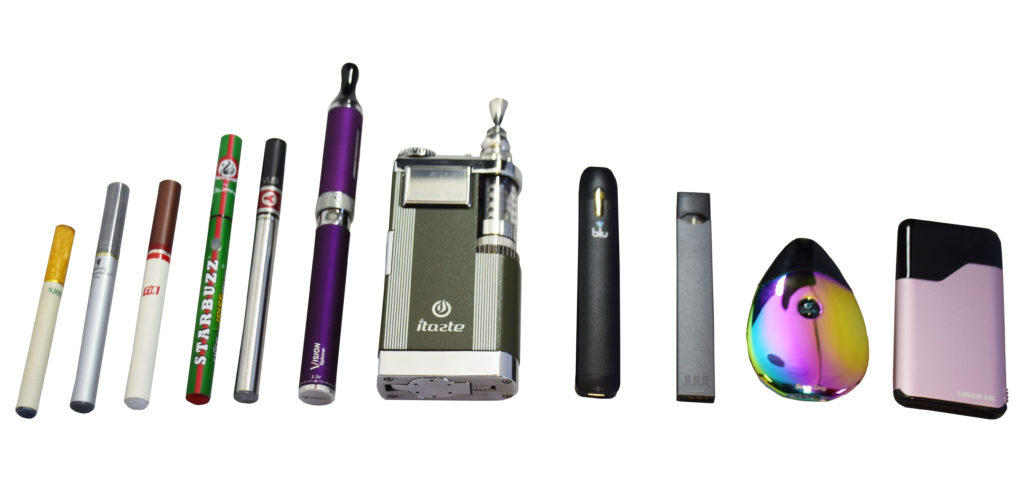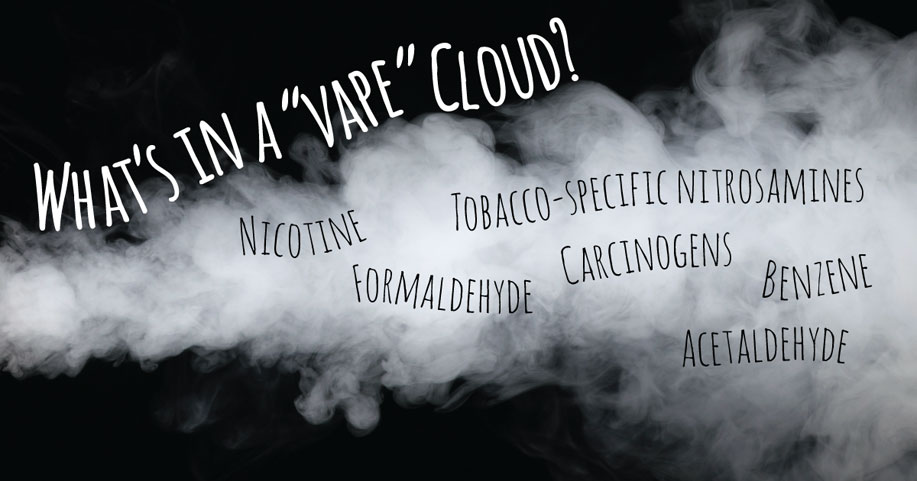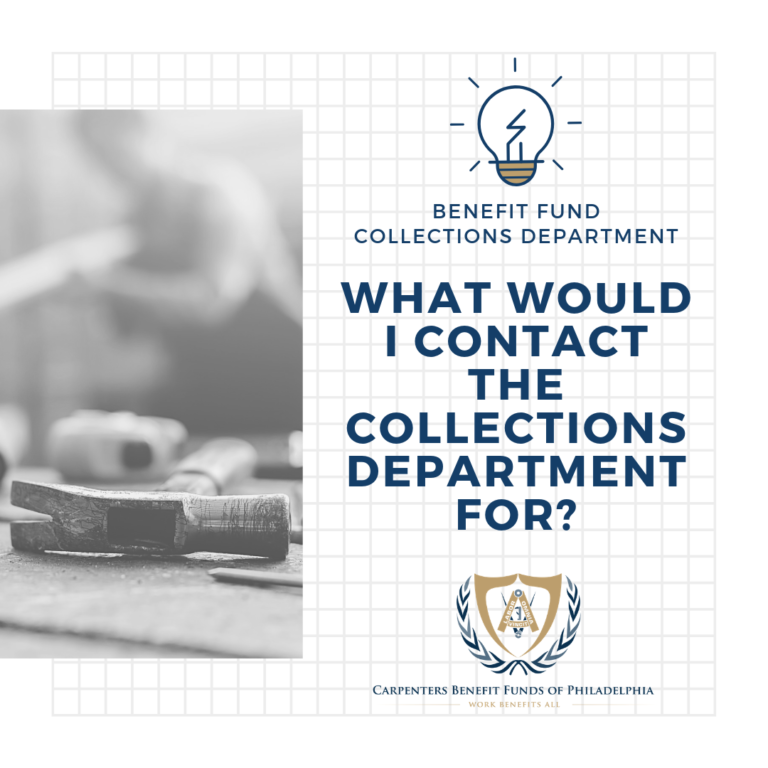Electronic cigarettes, or e-cigs, vape pens, JUULs, ect. have been sold in the U.S. for about a decade now. E-cigs are the most commonly used tobacco products among kids—and it’s become an epidemic. These products use an “e-liquid” that may contain nicotine, as well as varying compositions of flavorings, propylene glycol, vegetable glycerin, and other ingredients. The liquid is heated to create an aerosol that the user inhales. While these electronic nicotine delivery systems are relatively new, there’s evolving evidence about the health risks of e-cigarettes on the lungs—including irreversible lung damage and lung disease.
In fact, the American Lung Association is “very concerned that we are at risk of losing another generation to tobacco-caused diseases as the result of e-cigarettes. The Lung Association remains extremely troubled about the rapid increase of youth using these products and has repeatedly called upon the Food and Drug Administration (FDA) to increase their oversight and scrutiny of these products to protect kids.”
“We are at risk of losing another generation to tobacco-caused diseases as the result of e-cigarettes.”

The Research & Results:
In January 2018, the National Academies of Science, Engineering and Medicine1 released a consensus study report that reviewed over 800 different studies.
That report made clear: “using e-cigarettes causes health risks. It concluded that e-cigarettes both contain and emit a number of potentially toxic substances. The Academies’ report also states there is moderate evidence that youth who use e-cigarettes are at increased risk for cough and wheezing and an increase in asthma exacerbations.”
“E-cigarettes both contain and emit a number of potentially toxic substances.”
Health risks of e-cigarettes:
- A study from the University of North Carolina found that the two primary ingredients found in e-cigarettes—propylene glycol and vegetable glycerin—are toxic to cells and that the more ingredients in an e-liquid, the greater the toxicity.
- E-cigarettes produce a number of dangerous chemicals including acetaldehyde, acrolein, and formaldehyde. These aldehydes can cause lung disease, as well as cardiovascular (heart) disease.
- E-cigarettes also contain acrolein, a herbicide primarily used to kill weeds. It can cause acute lung injury and COPD and may cause asthma and lung cancer.
- Both the U.S. Surgeon General and the National Academies of Science, Engineering and Medicine have warned about the risks of inhaling secondhand e-cigarette emissions, which are created when an e-cigarette user exhales the chemical cocktail created by e-cigarettes.
- In 2016, the Surgeon General concluded that secondhand emissions contain, “nicotine; ultrafine particles; flavorings such as diacetyl, a chemical linked to serious lung disease; volatile organic compounds such as benzene, which is found in car exhaust; and heavy metals, such as nickel, tin, and lead.”
- E-cigarettes contain chemicals that can cause irreversible lung damage and alter teen brains.
- Nicotine is highly addictive and exposure during adolescence can harm the developing brain.
- Youth who use e-cigarettes are more likely to go on to use traditional cigarettes.
- In the short term, e-cigarette aerosol can irritate your lungs, throat and eyes. It can also make it more likely that you’ll catch colds or get the flu.
“Nicotine; ultrafine particles; flavorings such as diacetyl, a chemical linked to serious lung disease; volatile organic compounds such as benzene, which is found in car exhaust; and heavy metals, such as nickel, tin, and lead.”
What parents should know:
- The aerosol produced by e-cigarettes isn’t water vapor and it isn’t harmless.
- There is no difference between e-cigarettes and JUULing, JUUL is more discrete and looks like a USB drive. Other e-cigarettes may look like phones.
- Some JUUL pods may have as much nicotine as an entire pack of cigarettes
- Virtually all e-cigarettes contain nicotine—even the ones labeled “nicotine free.” This is because there are no rules about how e-cigarettes or “e-juice” are made. There is no way to know exactly what is in an e-cigarette.
- Most common reasons youth use e-cigarettes:
- 39% Use by “friend or family member”
- 31% Availability of “flavors such as mint, candy, fruit, or chocolate”
- 17% Belief that “they are less harmful than other forms of tobacco such as cigarettes”
Can e-cigarettes help someone quit?
- No e-cigarette has been found to be safe and effective to help people quit smoking.
Do you or someone you know need help to quit smoking?
- https://www.lung.org/stop-smoking/smoking-facts/e-cigarettes-teens.html
- Sassano MF, Davis ES, Keating JE, Zorn BT, Kochar TK, Wolfgang MC, et al. (2018) Evaluation of e-liquid toxicity using an open-source high-throughput screening assay. PLoS Biol 16(3): e2003904. https://doi.org/10.1371/journal.pbio.2003904
- S. Department of Health and Human Services. E-Cigarette Use Among Youth and Young Adults: A Report of the Surgeon General—Executive Summary. Atlanta, GA: U.S. Department of Health and Human Services, Centers for Disease Control and Prevention, National Center for Chronic Disease Prevention and Health Promotion, Office on Smoking and Health, 2016
- https://www.lung.org/stop-smoking/smoking-facts/e-cigarettes-and-lung-health.html
- https://www.lung.org/stop-smoking/smoking-facts/impact-of-e-cigarettes-on-lung.html







